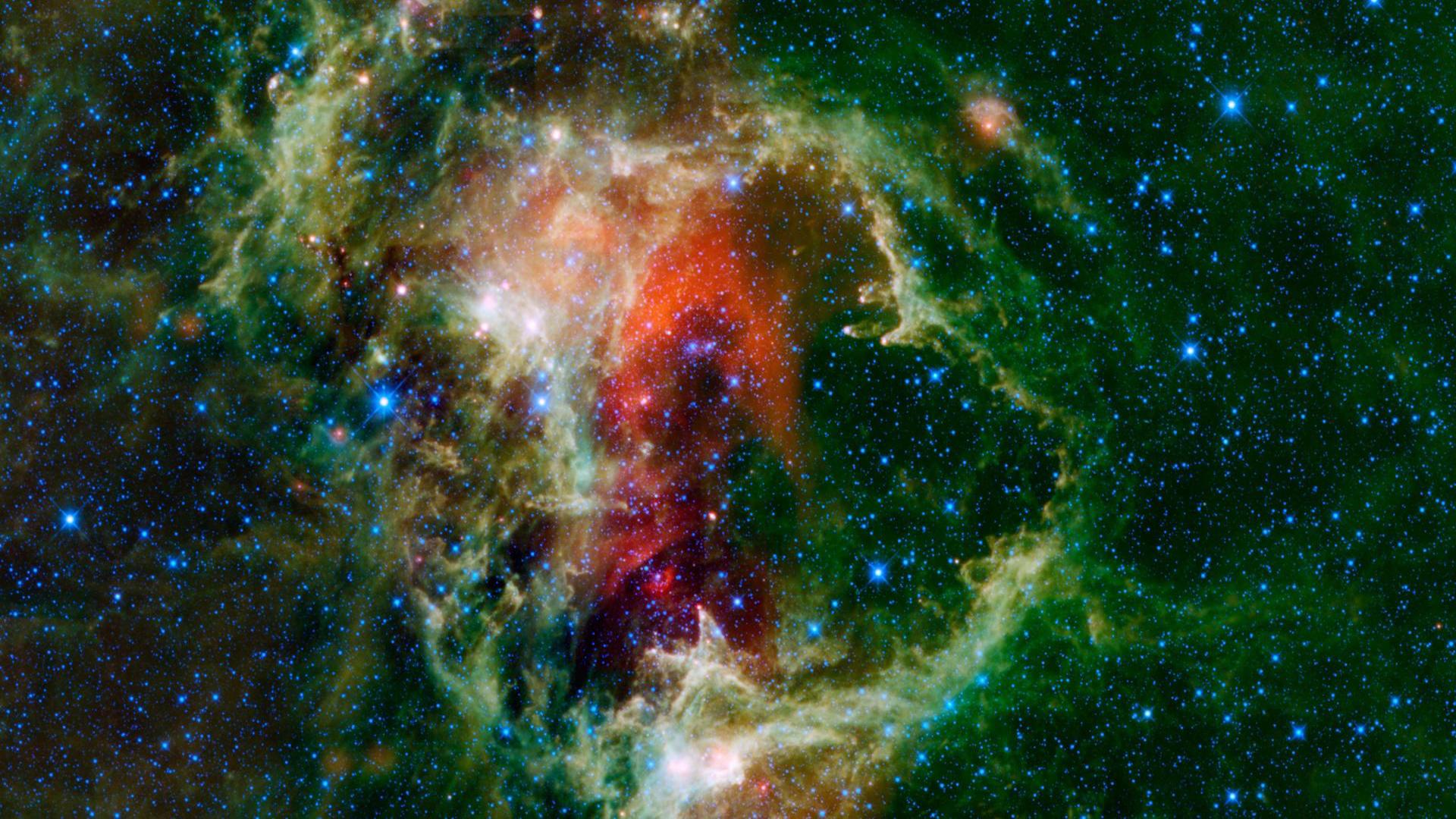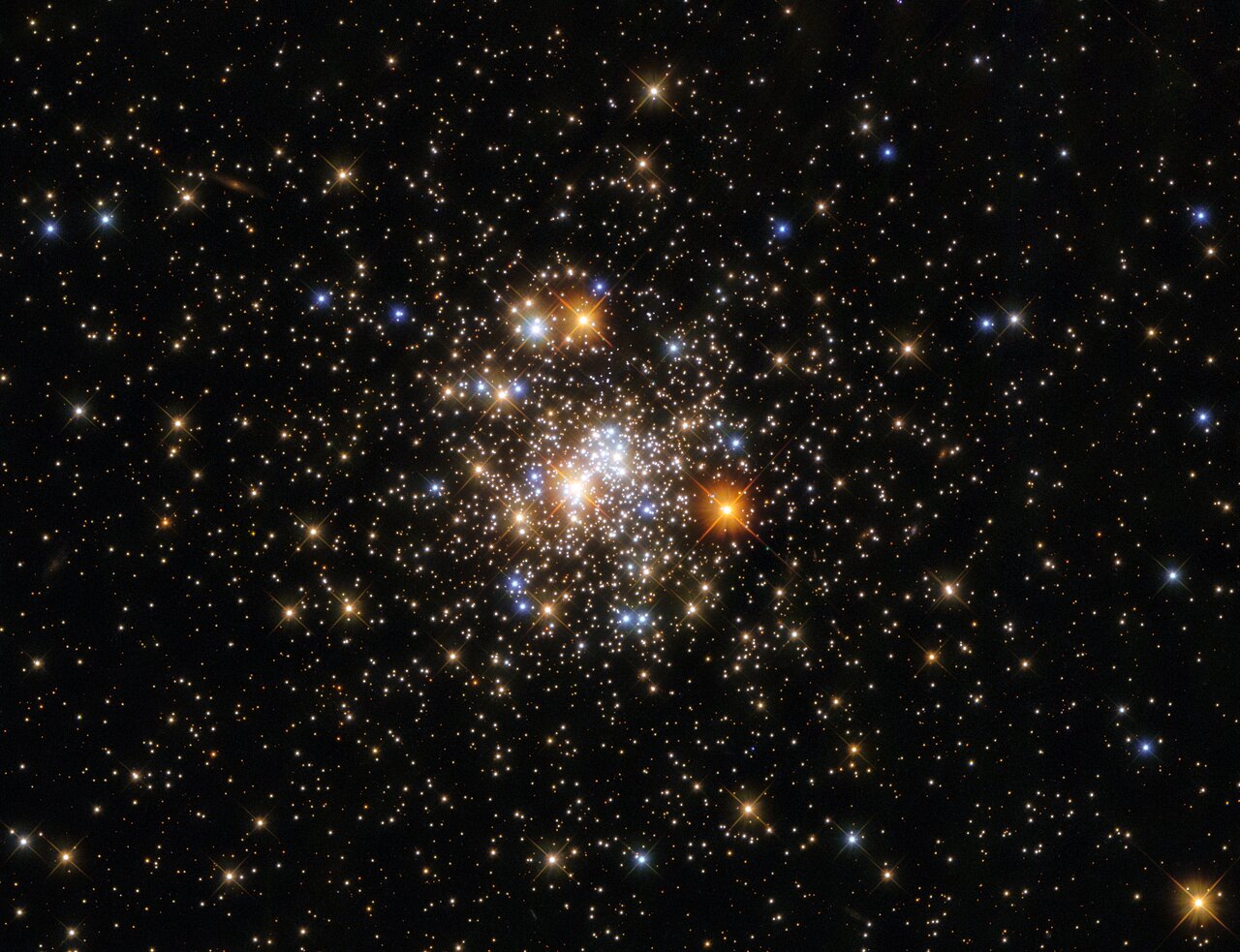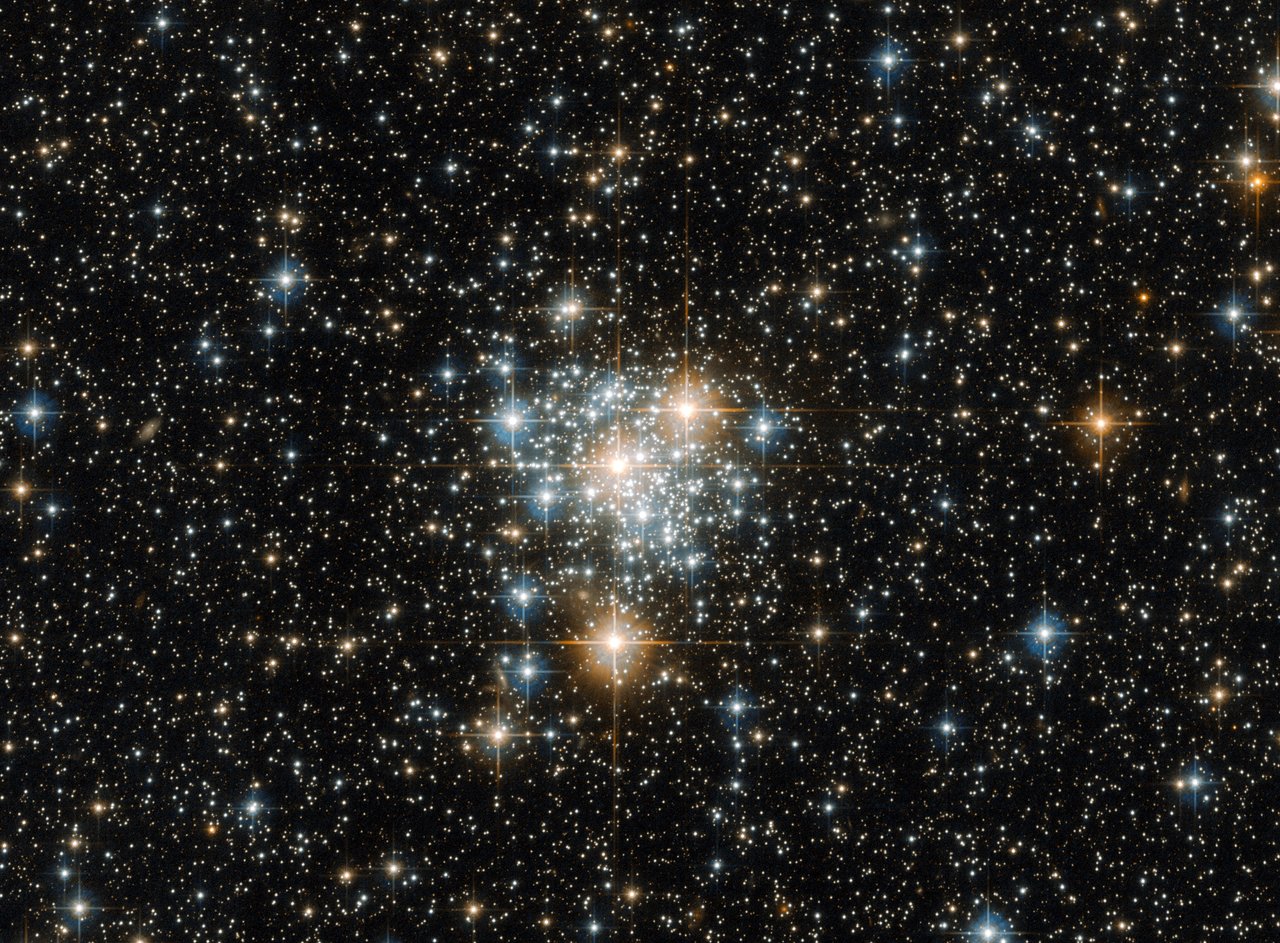What are star clusters?
Star clusters are not only beautiful to look at through telescopes, but they're also the key to unlocking the mysteries of how a star is born.

The universe is a complicated place filled with complicated things, from the micro scale of atoms to the macro scale of galaxy clusters. Somewhere on the larger side of that spectrum fall star clusters, which are more or less exactly what their name implies. Star clusters are groups of hundreds to millions of stars that provide astronomers crucial insight into stellar evolution through comparisons of stars' ages and compositions.
"Star clusters form out of large interstellar regions of gas and dust called molecular clouds," Aaron M. Geller, an astronomer at Northwestern University, told Space.com. The densest areas of those molecular clouds collapse into themselves to form stars. In some cases, the stars disperse after their creation, Geller said. "However, if there are enough stars formed close enough together, they may remain gravitationally bound and live as a star cluster."
But star clusters are not galaxies, which, confusingly, are also gravitationally bound groups of stars. "The most straightforward differentiation would be whether a group of stars is bound together by their own gravity or if you need to have dark matter included in that cluster in order to keep it together," said Jason Steffen, an assistant professor of physics and astronomy at the University of Nevada, Las Vegas. If there's dark matter in the mix, then that group of stars is likely a galaxy.
Related: How to spot the Pleiades, Hyades and other star clusters in the winter night sky
Galaxies are generally larger than star clusters, too. "Galaxies are like the cities that star clusters live in," Geller said. "Galaxies can contain thousands or more star clusters, and many molecular clouds, and dark matter, et cetera."
Another factor that differentiates star clusters from galaxies is that within each cluster, stars are roughly the same age and made from roughly the same materials, given that they formed from the same molecular cloud, according to the Australia Telescope National Facility (ATNF). Stars within a galaxy, on the other hand, can be a variety of ages and have a variety of compositions, Steffen said. That's why stellar clusters are so important to astronomers who are studying stellar evolution.
"If you have a star cluster that's 100 million years old, and then you have a star cluster that's a billion years old, you basically have two snapshots of the lives of stars," Steffen said. Comparing the two "helps you understand what's going on on the insides of the stars and how they evolved throughout their lifetimes," according to Steffen.
There are three main types of star clusters: globular clusters, open clusters, and stellar associations, each of which has different properties that provide different information to astronomers.
Globular star clusters

If viewed with the naked eye, globular clusters look like faint smudges of light against the darkness of space. But a telescope reveals their true form: thousands to millions of stars form a spherical shape with a bright, dense core.
Stars in globular clusters formed in the early days of the universe, around 10 billion years ago, according to the Harvard and Smithsonian Center for Astrophysics, making them some of the oldest stars in existence. Because they are so old, they are "metal-poor," meaning they lack the heavy elements that did not exist in the early universe. (Those elements would be created later on by supernovas.) Because globular clusters have little gas and dust left, they no longer produce new stars, per the ATNF.
Astronomers have discovered approximately 150 globular clusters in the Milky Way galaxy. In contrast, the Andromeda galaxy has some 400, and the M87 galaxy has more than 10,000, according to the Harvard and Smithsonian Center for Astrophysics.
Some of the most famous globular clusters include Omega Centauri, the largest known globular cluster in our galaxy per NASA, and M13, one of the brightest. Although Ptolemy spotted Omega Centauri in the second century AD, he mistakenly believed it was a star; Edmond Halley later misidentified it as a nebula in 1677, according to NASA. John Herschel correctly determined it to be a globular cluster in the 1830s. M13 was discovered by Halley in 1714, and Charles Messier added it to his famous catalog in 1764, though he originally believed that it contained no stars at all.
Open clusters
Unlike globular clusters, open clusters, also known as galactic clusters, do not have a distinct shape; their stars are loosely clustered together in an amorphous gravitationally bound group. They contain just hundreds or thousands of stars, making them far less dense than globular clusters. Open clusters are also much younger, with the oldest being about a billion years old, according to the Harvard and Smithsonian Center for Astrophysics. As such, their composition has a larger range of elements.
These differences are linked. All star clusters lose stars over time in a process called "evaporation," according to Geller, and since open clusters with fewer stars are more loosely gravitationally bound, it's easy for their stars to migrate away from the group when pulled by another object, such as a giant molecular cloud. But that's not the only way open clusters lose stars.
Related: NASA's Planet-Hunting Kepler Tackles Mysteries of the Pleiades' 'Seven Sisters'
"As the stars orbit around the star cluster, sometimes they come very close together," Geller said. "Often during a close gravitational encounter, for instance one involving three stars, one star will be ejected from the encounter at a large velocity. If that velocity is large enough, the star will leave the cluster entirely." (Geller illustrated this process in a video.)
The most famous open cluster is the Pleiades, also known as M45 or the Seven Sisters. That last moniker, however, is something of a misdirection; the cluster has more than 1,000 stars, according to NASA, though only a handful of its brightest are visible to the naked eye. Other well-known open clusters include the Hyades, which is the closest open cluster to Earth, and the Double Cluster, which comprises two side-by-side clusters.

Stellar associations
Though stellar associations are grouped in with star clusters, they're quite a bit different. "Stellar associations are groups of tens to hundreds of stars that have similar ages and metallicities, and are moving in roughly the same direction within the galaxy, but are not gravitationally bound," Geller said. He suggests that some stellar associations were likely once open clusters, but due to evaporation, they no longer have their gravitational bond.
Additional resources
Join our Space Forums to keep talking space on the latest missions, night sky and more! And if you have a news tip, correction or comment, let us know at: community@space.com.
Get the Space.com Newsletter
Breaking space news, the latest updates on rocket launches, skywatching events and more!

Space.com contributing writer Stefanie Waldek is a self-taught space nerd and aviation geek who is passionate about all things spaceflight and astronomy. With a background in travel and design journalism, as well as a Bachelor of Arts degree from New York University, she specializes in the budding space tourism industry and Earth-based astrotourism. In her free time, you can find her watching rocket launches or looking up at the stars, wondering what is out there. Learn more about her work at www.stefaniewaldek.com.










